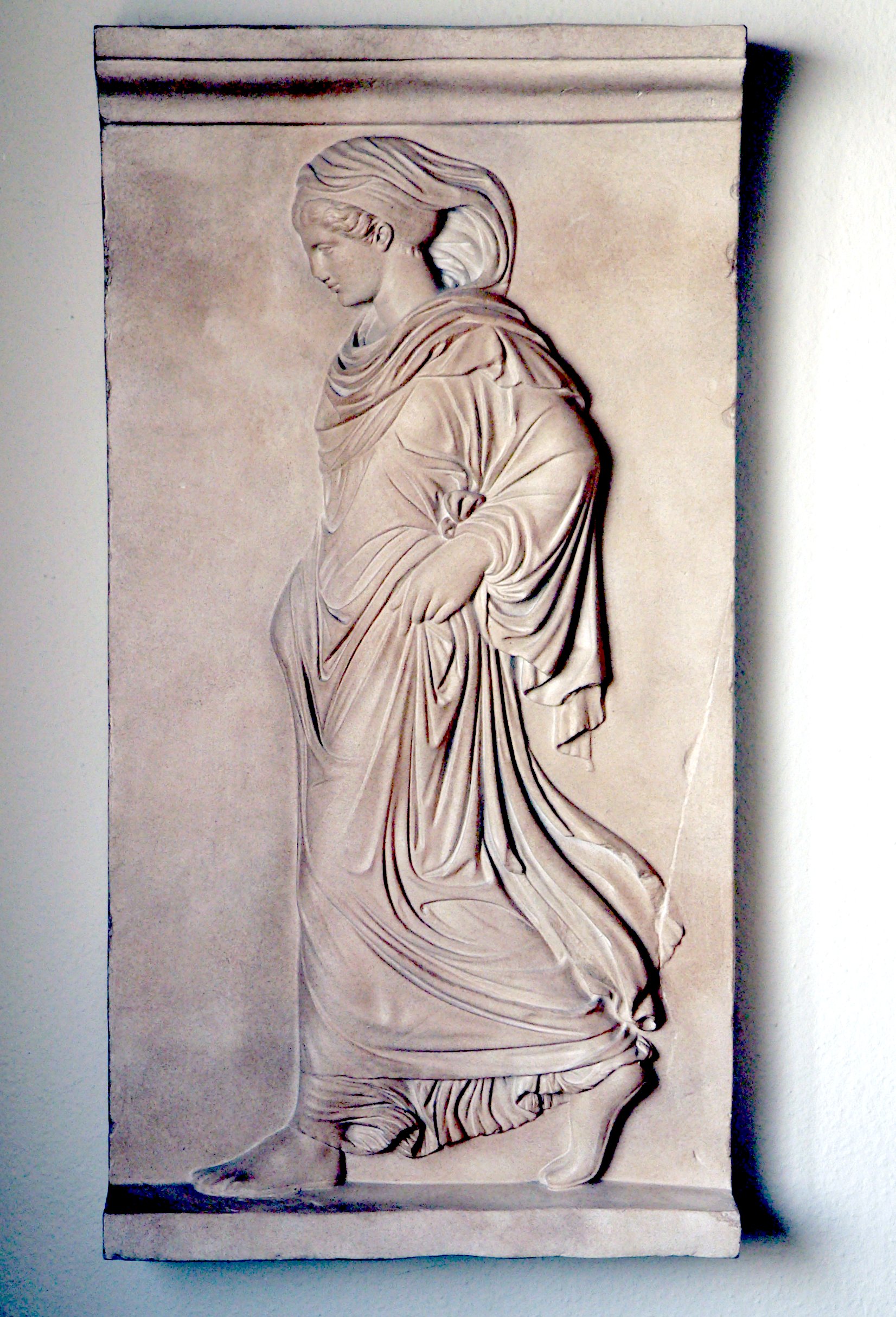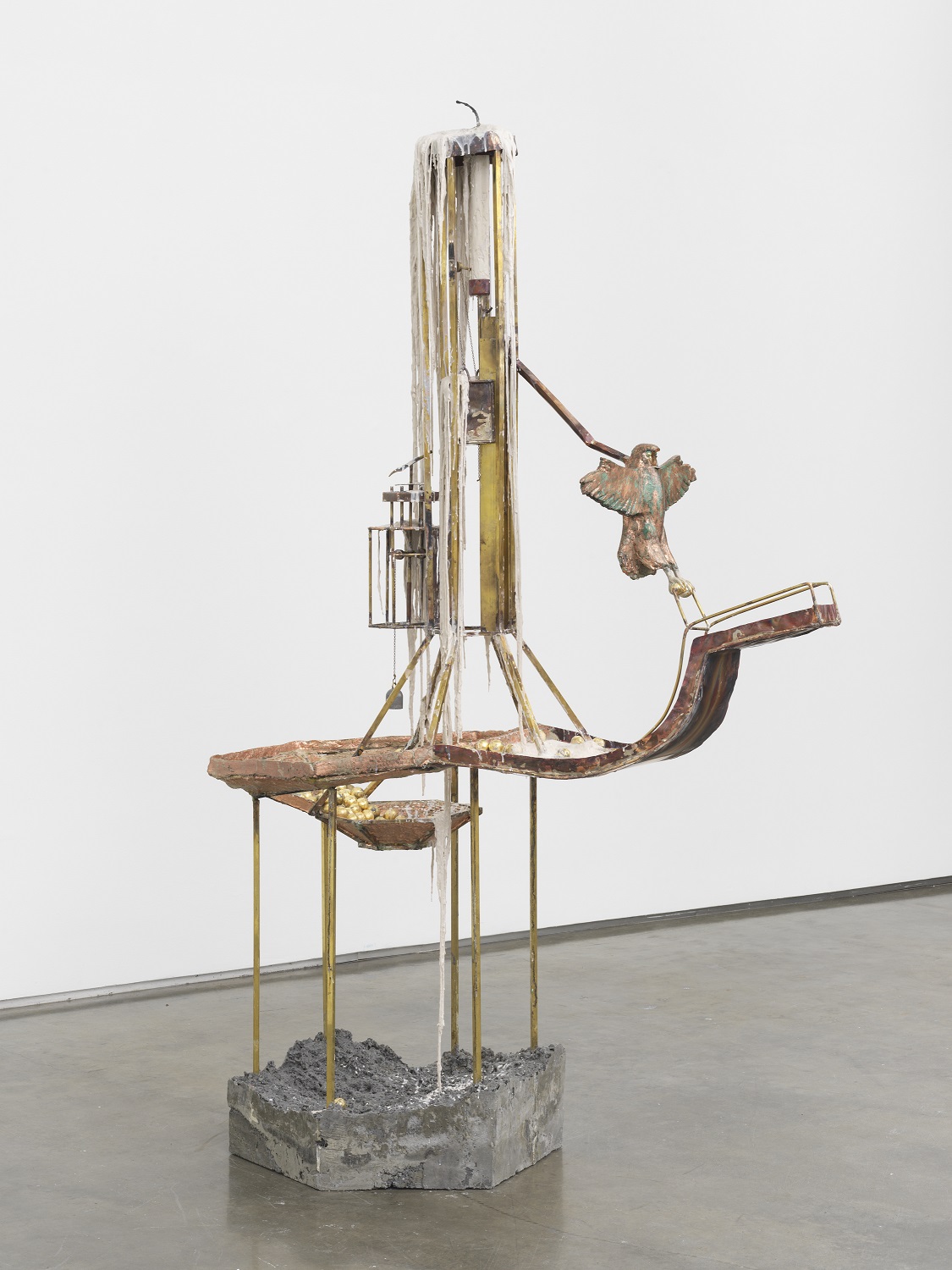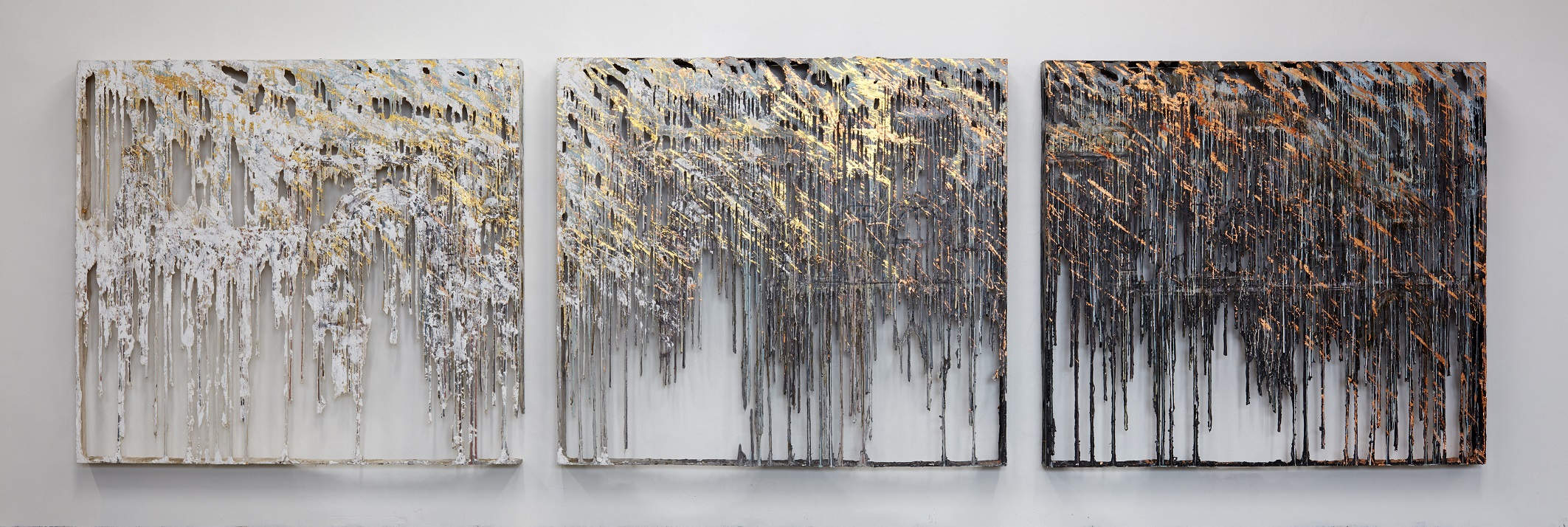Stories in Diana Al-Hadid: Ash in the Trade Winds

The Momentary is excited to soon welcome the work of contemporary artist Diana Al-Hadid to the space. Born in 1981 in Aleppo, Syria, and raised in Cleveland, Ohio, Al-Hadid creates artworks that speak to her Arab, Muslim family background, the melding of cultures, and process-based investigations into materials. Many of Al-Hadid’s works are inspired by literature and art history, and she draws on these stories to create new works of art.

In an interview with Momentary Assistant Curator Kaitlin Garcia-Maestas, Al-Hadid explained, “I like to point a spotlight on lesser-told stories or speak to the broader context for the stories we know or take for granted. I’m compelled to find patterns or similarities in stories that exist across cultures.”
In preparation for the upcoming exhibition, here are a few of the stories and concepts that inspired works seen in Diana Al-Hadid: Ash in the Trade Winds, opening at the Momentary on March 5.

The Story of Gradiva
The exhibition features works inspired by the story of Gradiva, a fictitious female character from Wilhelm Jensen’s 1903 novella of the same name. Gradiva is a classical relief sculpture who comes to life in the protagonist’s hallucinations, which take him back to 79 CE, the year of Mount Vesuvius’s deadly eruption. After a brief encounter with her, she disappears, leaving the protagonist to wonder whether she was ever real or not.
Gradiva is a figure that has been explored by artists throughout history, from André Masson to Salvador Dalì to Marcel Duchamp. Beyond art, the study of Gradiva was one of Sigmund Freud’s first literary analyses; he saw it as an expression of the author’s psychiatric makeup.
For Al-Hadid, the novella provides a lens for us to consider the implications of male depictions of women in literature. In her sculpture Gradiva (2017-2018), the structure resembles the shape of a mountain, but in looking closer, the faint presence of a female figure emerges from the dissolving surface. When it arrives at the Momentary, take some time to view the work from all sides.

The Candle Clock of the Scribe
This intricate sculpture was inspired by Ismail al-Jazari’s thirteenth-century text, The Book of Knowledge of Ingenious Mechanical Devices. The Candle Clock of the Scribe (2017-2020) pays homage to the legacy of Islamic craftsmanship and innovation.
According to Al-Hadid, “this device used a melting candle as a unit of measure to tell how much time had passed, and constructed a system of weights and gears to drop balls every hour the candle was lit. Recently, I realized that the clock should still be ticking and accumulating time…and so I continued to work on it throughout 2021, building up more ‘melted wax’…as if more of the candle has melted, and time is still going.”

The Meaning Behind Ash in the Trade Winds
What does the title of the exhibition Ash in the Trade Winds represent? Apart from this also being the title of a work in the exhibition, the title does not come from a specific story but has significance to the artist. In this work, diagonal splashes of copper and gold leaf illustrate the movement of trade winds, which primarily move from east to west. In a similar direction, Diana Al-Hadid was born in Aleppo but raised in the United States.
Discover these stories and more in Diana Al-Hadid: Ash in the Trade Winds, opening at the Momentary on March 5. It is free to view.
Cover image credit:
Diana Al-Hadid
Vesuviusev, 2018
Polymer gypsum, fiberglass, steel, copper leaf, pigment
63 x 216 x 5.5 inches
Courtesy of the artist
Photo Credit: Object Studies
Blog page image credit:
Diana Al-Hadid
The Candle Clock of the Scribe (detail), 2017-2020
Modified polymer gypsum, fiberglass, brass, copper, steel, concrete, polyurethane foam, bronze, lead, metal leaf, pigment
86 x 50 x 32 in.
Courtesy of the artist
Photo Credit: Object Studies



